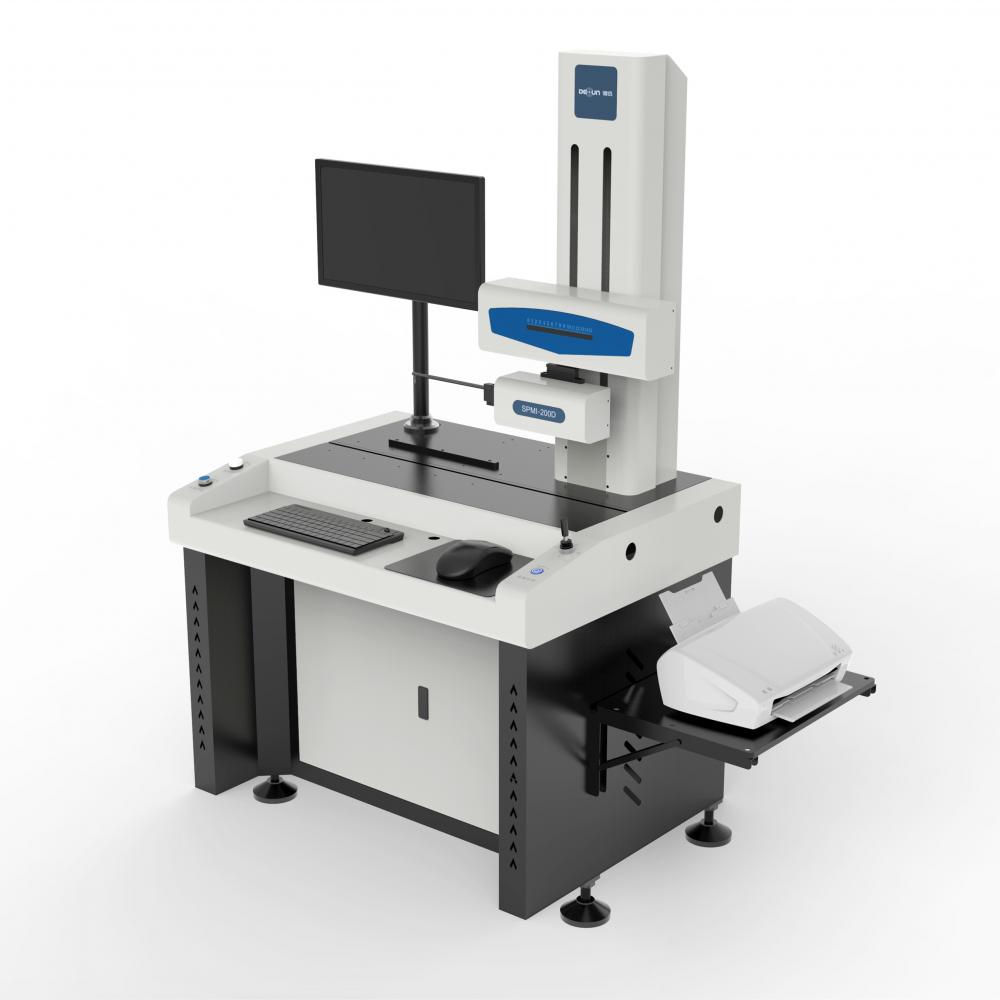If there is sufficient water available in the area and forage is plentiful, it is ideal to start goose breeding. When selecting goslings, choose large, fast-growing, and hardy breeds such as white geese or gray geese. The goslings should be strong, active, and alert, with good yolk absorption and a firm stance once their feathers have grown. They should respond quickly when their necks are gently lifted. Those with weak abdomens or poor vitality should be culled.
For the first few days after hatching, feed the goslings with a 0.05% potassium permanganate solution, adding 5 ml of vitamin C, 16 ml of vitamin B, 5 grams of glucose, and 3 grams of brown sugar per 100 liters of the solution. Feed this mixture three times over five days. Provide fresh lettuce leaves or other green vegetation in clean areas, offering them every two hours. From day 2 to day 4, introduce softened rice seeds, feeding them four to five times daily, including one feeding at night. Between days 5 and 10, feed them seven to eight times a day, with two nighttime meals. At this stage, the diet should consist of 20–30% grains and 70–80% green feed. From day 11 to 20, switch to a compound feed mixed with grass, feeding five to six times daily, with two evening meals.
The feed formula (in %) includes: corn 50, fish meal 8, peanut bran 10, rice bran 20, fine lotus root 10, auxin 1, shell powder 0.5, bone meal 0.5, plus antibiotics and multivitamins 0.5, and table salt 0.3.
Once geese reach 4 to 10 weeks of age, they should be moved from the brooding house to a growing pen. By day 30, before the main wing feathers develop, they should be fed mainly on green forage. Supplement with concentrates to encourage physical activity and improve survival rates. Normally, feed them four to five times daily, including one night feeding. Chop pasture and mix it with concentrate, placing it in the trough. The ratio of concentrate to pasture should be 1:4, making it semi-dry and semi-moist. Concentrate can be made at home using the following formula (in %): corn flour 45, rice bran 15, wheat bran 10, soybean meal 22, fish meal 4, bone meal 1.5, shell powder 1.6, trace elements and vitamins 0.5, and table salt 0.4. Alternatively, use: corn 20, fish meal 4, peanut bran 4, rice bran 10, fine lotus root 60, auxin and antibiotics 1, shell powder 1. Adjust the quantity as the geese grow.
Cut forage into 1–2 cm lengths and feed it to the geese. If no water area is available, provide water in a dispenser and clean it twice daily. Clean the growing pen once a day and change the forage regularly. On sunny days, allow geese to graze in the open field. After feeding, ensure the environment remains clean, hygienic, and safe to support healthy growth.
After 40 to 50 days of rapid fattening, the geese will have developed their main feathers. Once they weigh between 1.5 kg and 2 kg, you can begin a "high-energy, low-protein" feeding regimen for 20 to 30 days to help them reach up to 4 kg. (To be continued)
Roughness Profilometer
Roughness Profilometer, also known as surface roughness meter, surface smoothness meter, surface roughness tester, roughness measurement meter, roughness tester, and other names. It has the characteristics of high measurement accuracy, wide measurement range, easy operation, portability, and stable operation. It can be widely used for the detection of various metal and non-metal processing surfaces. This instrument is a pocket instrument that integrates sensors and hosts, with handheld characteristics, making it more suitable for use in production sites. The exterior design is sturdy and durable, with significant resistance to electromagnetic interference, in line with current design trends.

The application fields of roughness meters include:
1. Mechanical processing and manufacturing industry, mainly metal processing and manufacturing. Roughness meters were originally developed to detect the surface roughness of machined parts. Especially, stylus type roughness measuring instruments are more suitable for detecting hard metal surfaces. For example, the automotive parts processing and manufacturing industry, the mechanical parts processing and manufacturing industry, and so on. As long as these processing and manufacturing industries involve the surface quality of workpieces, the detection application of roughness meters is essential.
2. In the non-metallic processing and manufacturing industry, with the progress and development of technology, more and more new materials are applied to processing processes, such as ceramics, plastics, polyethylene, etc. Some bearings are now made of special ceramic materials, and pump valves are made of polyethylene materials. These materials have a hard texture, and some applications can replace metal materials to make workpieces. During production and processing, their surface roughness also needs to be tested.
3. With the continuous strengthening and improvement of the technology and functions of roughness meters, as well as their in-depth promotion and application, more and more industries have been found to require roughness detection. In addition to mechanical processing and manufacturing, roughness evaluation is also required in the production and processing of power, communication, electronics, such as couplings on switches, integrated circuit semiconductors, and even stationery, tableware, and other products used in people's daily lives The surface roughness of human teeth needs to be tested.
Profile Projector ,Roughness Profilometer,Roughness Measuring Instrument,Surface Roughness Tester,Roughness Tester,Mitutoyo Roughness Tester
Zhejiang dexun instrument technology co., ltd , https://www.dexunmeasuring.com
